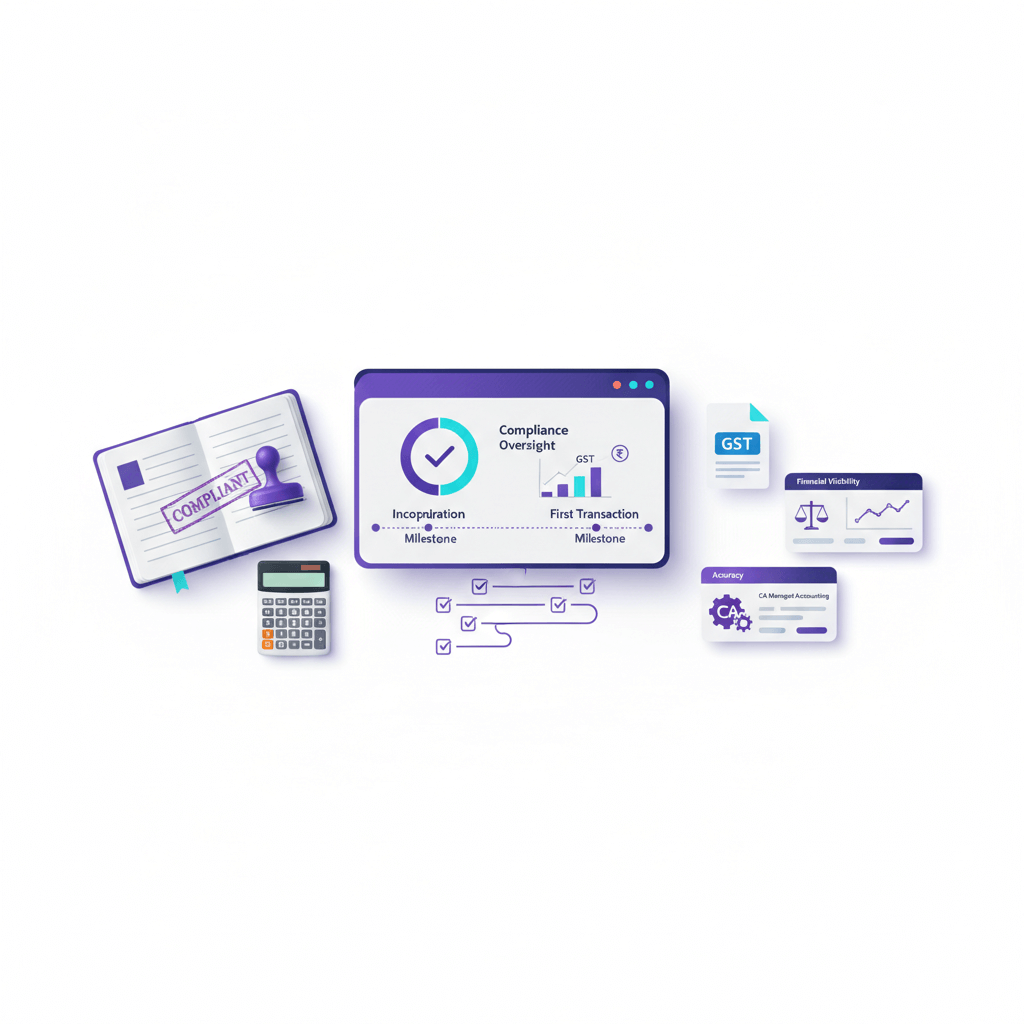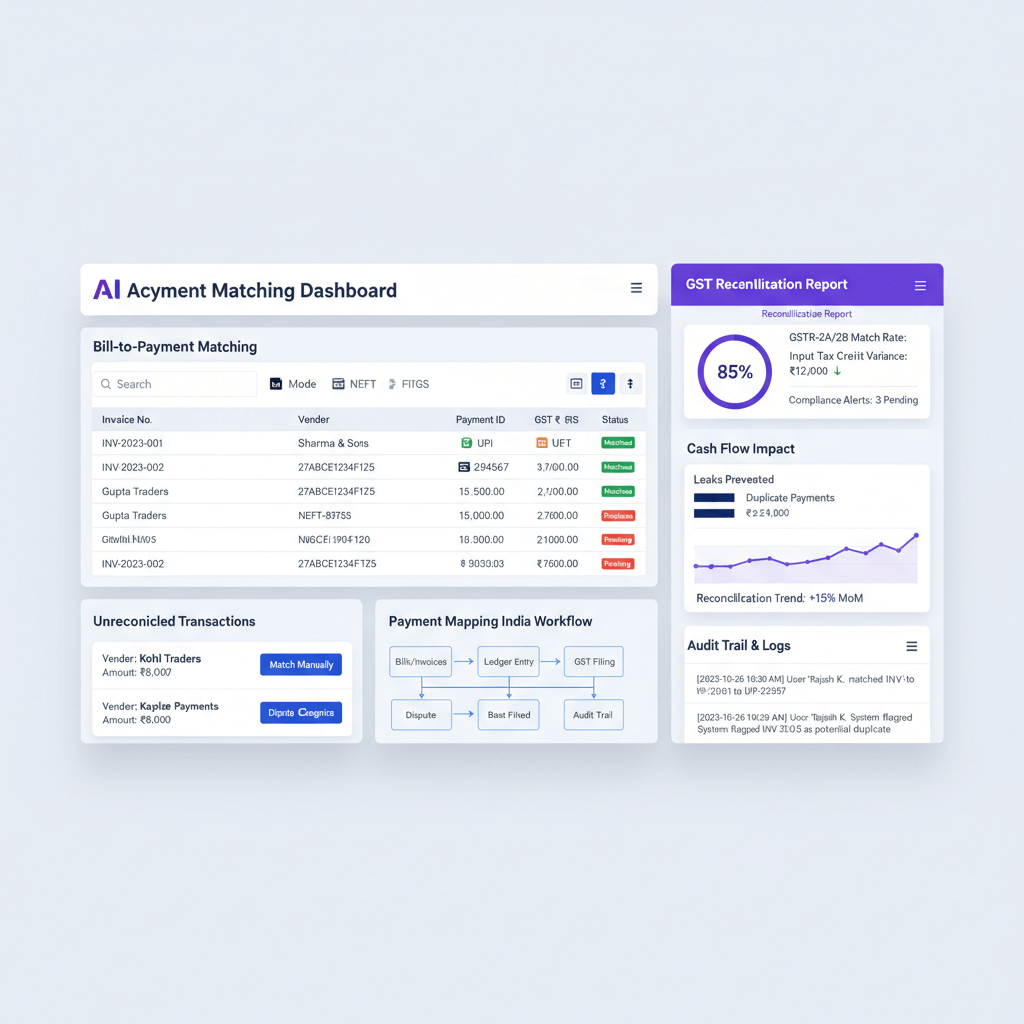When Rohit Khurana, founder of a 40 member logistics firm in Jaipur, called an emergency meeting in March, it wasn’t because revenue was down. On paper, things looked fine. Their Tally entries were up to date, the books closed on time. But the business was burning cash. The finance team didn’t catch it because they were tracking entries. Rohit didn’t catch it because he wasn’t logging into Tally.
"Tally was never built for people like me," he admitted. "Our accountant’s job is to file returns and close books, not to give business visibility. I just needed a clear picture. How much runway we had, how long our payables were stretching, and what was silently leaking money."
Tally: India’s Most Used, Least Understood Software
Tally is arguably the most popular accounting software in India, with over 2.3 million businesses using it. Every accountant swears by it. But ask any CEO when they last opened Tally and you’ll hear silence.
Tally is an accountant’s cockpit. It tracks entries, maintains ledgers, files returns. But it was never designed for business decision making. It doesn’t visualize cash flows, it doesn’t highlight liability ageing, and it certainly doesn’t help a founder like Rohit make urgent decisions.
What Changed When Rohit Linked Tally to a Dashboarding Layer
Rohit didn’t want to replace Tally. He just needed something to surface what mattered. Instantly. So he connected his Tally data to a lightweight tool that generated live dashboards from the backend.
Here’s what he started seeing:
The Hidden Bank Charges You Never See
Every founder knows they lose money to hidden charges. But no one knows how much. And to be fair, it’s not the accountant’s job to check. They’re focused on compliance, not optimisation. Rohit's dashboard flagged charges and fees like:
- Cross currency markups on foreign payments
- Payment gateway commissions
- SMS and service charges by banks
- Charges hidden as cryptic codes
This alone revealed Rs 1.7 lakhs in silent losses last year.
Days Sales Outstanding (DSO) Monitor
The moment his DSO crossed 70 days, Rohit knew something was wrong. His team had been chasing collections, but no one was tracking whether receivables were stretching longer each month. The dashboard charted this trend clearly. Within two weeks, Rohit changed invoicing terms with three key clients.
Revenue vs Cashflow Drift
For months, revenue charts looked stable. But Rohit's dashboard showed a persistent drop in net cash inflows. That divergence helped him trace delays in collections and identify two recurring advance payments that weren’t budgeted. It gave context Tally couldn’t.
Aging Payables by Vendor
Instead of generic outstanding numbers, Rohit saw a breakdown by vendor and timeline. Who was being paid late, and for how long. One particular vendor, a critical fleet maintenance provider, had been repeatedly flagging delays. Rohit's dashboard showed that their payments were consistently crossing 60 days, even though the agreed terms were 30.
This wasn’t just a financial oversight. It was affecting operations. Delays in vehicle servicing were beginning to disrupt last mile deliveries. Rohit used the dashboard’s historical trend to open a conversation with the vendor. Instead of apologies, he offered predictability. Together, they restructured payment windows aligned to his receivables inflows.
That one view saved not just a vendor relationship but a logistics bottleneck that could’ve cost client trust. Tally would’ve shown him an overdue figure. The dashboard showed him a pattern. And gave him a lever.
Unusual Categorization Patterns
Expense spikes happen. But Rohit's new dashboard flagged a 3x rise in courier charges under logistics. And it wasn’t seasonal. After digging in, he found a newly onboarded vendor was billing inconsistently. Tally showed the expense. The dashboard showed the anomaly.
Solution: Link Tally Once. Never Make Charts Again.
Rohit didn’t abandon Tally. He enhanced it. By connecting it once to a layer that gave him clarity, he stopped guessing and started steering. The charts surfaced questions before they became problems.
Link Tally with AI Accountant once and you never have to create charts again.

-01%201.svg)



